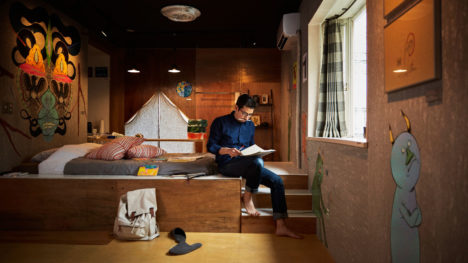Why great products fail
Airbnb is worth $30b today but not long ago the company was making just $400 per day. What changed? Laura Ryan explains why perfecting your product’s service design is essential to success.
A great number of digital businesses fail because they’re rubbish. However many great digital businesses fail because they have not considered service design – the experience beyond the screen.
It may be hard to believe now but in 2009 Airbnb was close to going bust. On a mission to understand why it was bringing in revenue of just $200 per month, it became clear that the photos being used to display the properties were pretty grim. “People were using their camera phones or using their images from classified sites… you couldn’t even really see what it is that you were paying for,” said Airbnb co-founder Joe Gebbia.
To solve the problem, Airbnb decided on an approach that would undoubtedly improve the quality of photography and therefore the digital product, but would require an extra service component.
It involved travelling to New York, renting a camera, spending time with customers as they listed properties and replacing amateur photography with beautiful high-res pictures.
When Airbnb doubled its revenue that week – to a whole $400 – it was clear they were onto something. And so was born the free, Airbnb Professional Photography Service which matches property listers with local, professional photographers.


solid article Laura – thanks for sharing